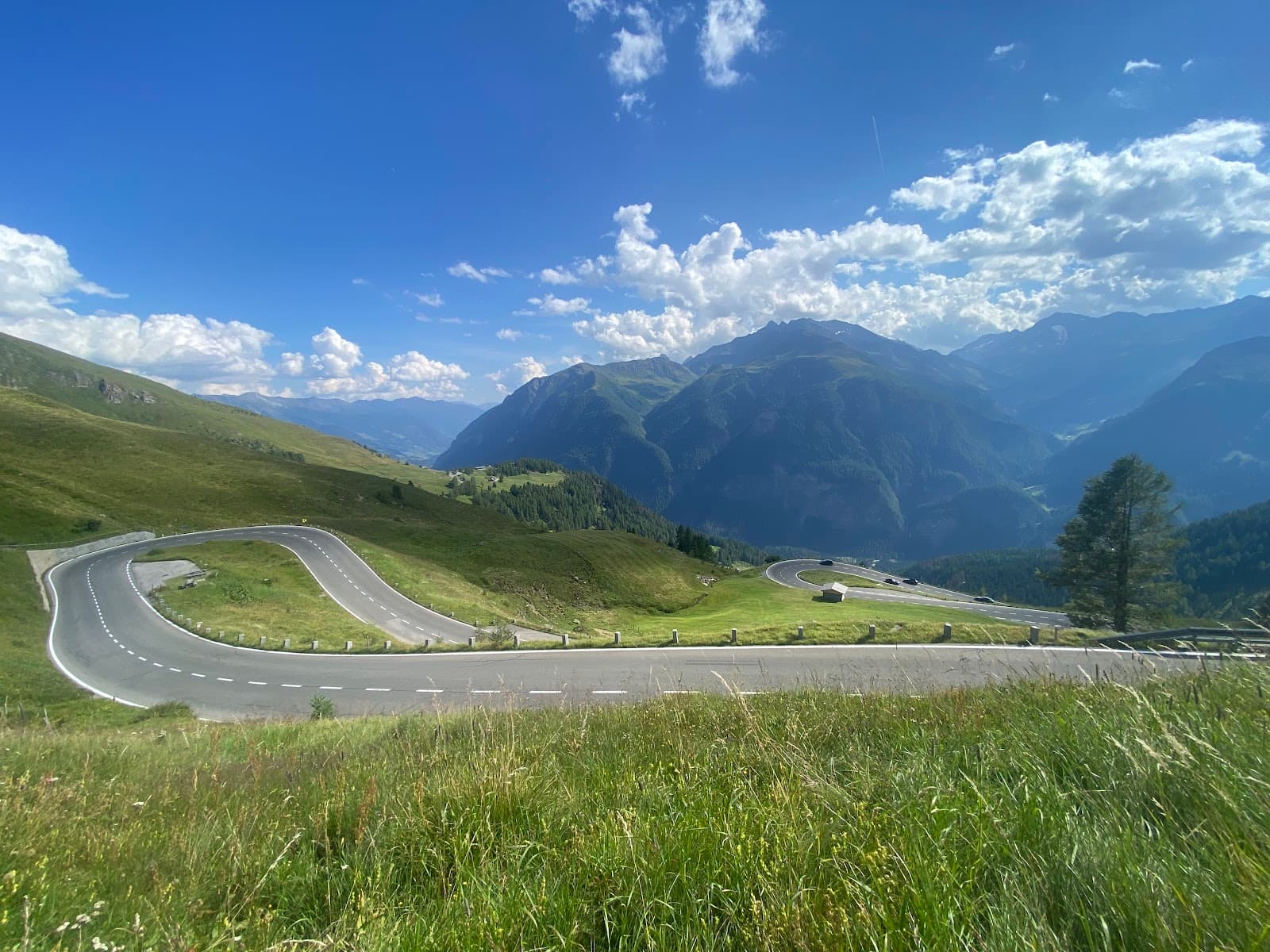
Grossglockner High Alpine Road
A spectacular 48km alpine road through Austria's highest peaks, offering dramatic views, glaciers, and unique cloud-driving experiences.

Highlights
Must-see attractions

Social
From TikTok & Reddit
Best Time
Clearer skies, fewer clouds

Grossglockner High Alpine Road
Best Time
Clearer skies, fewer clouds

Highlights
Must-see attractions
A spectacular 48km alpine road through Austria's highest peaks, offering dramatic views, glaciers, and unique cloud-driving experiences.
"The most beautiful road I’ve ever driven, with breathtaking views of the Alpine mountains."
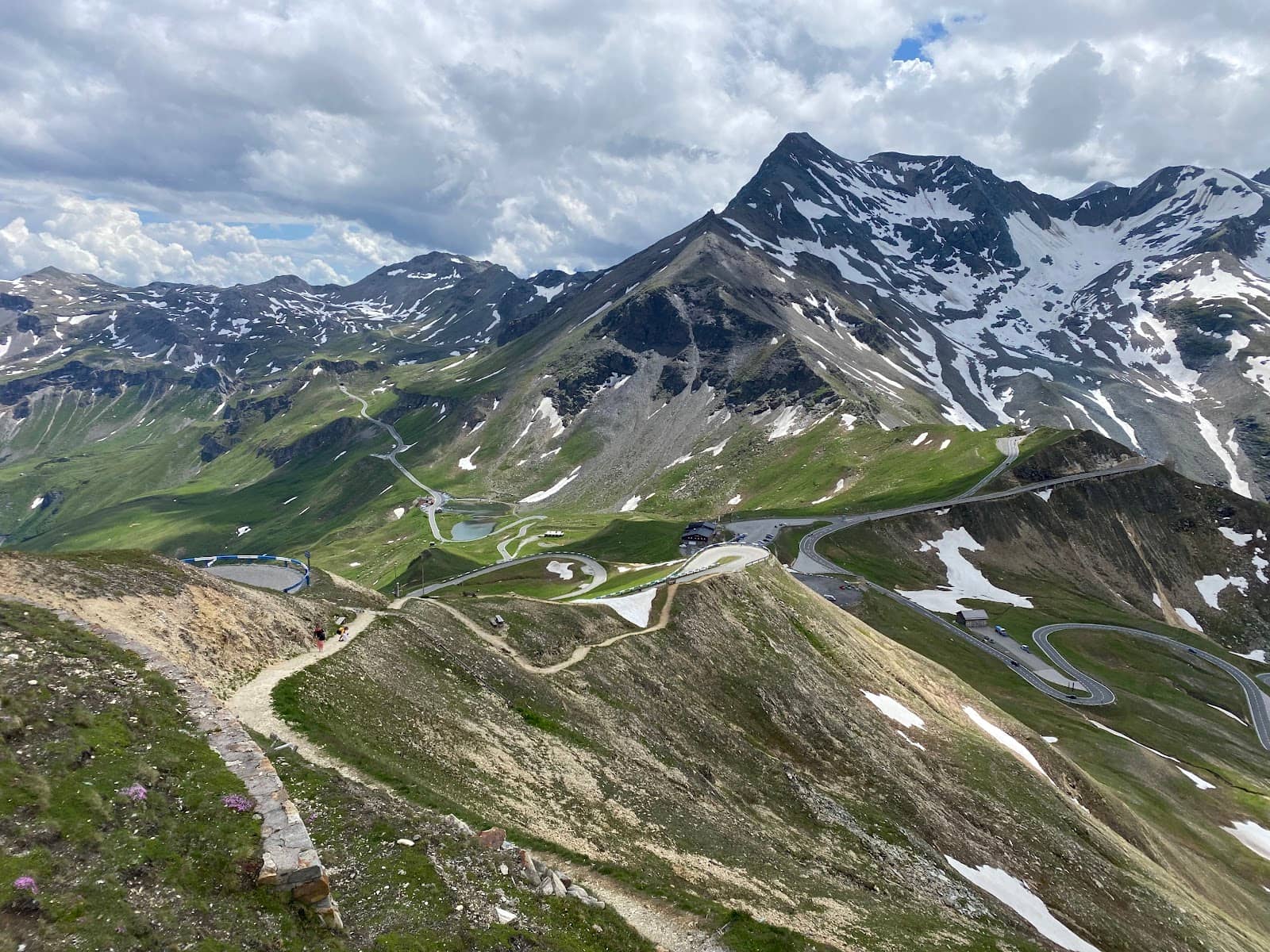
🚗 Drive Slowly & Stop Often
Take your time to enjoy the views; there are many designated stopping points.
🧥 Pack for All Weather
Temperatures vary greatly. Bring layers, including rain gear, even in summer.
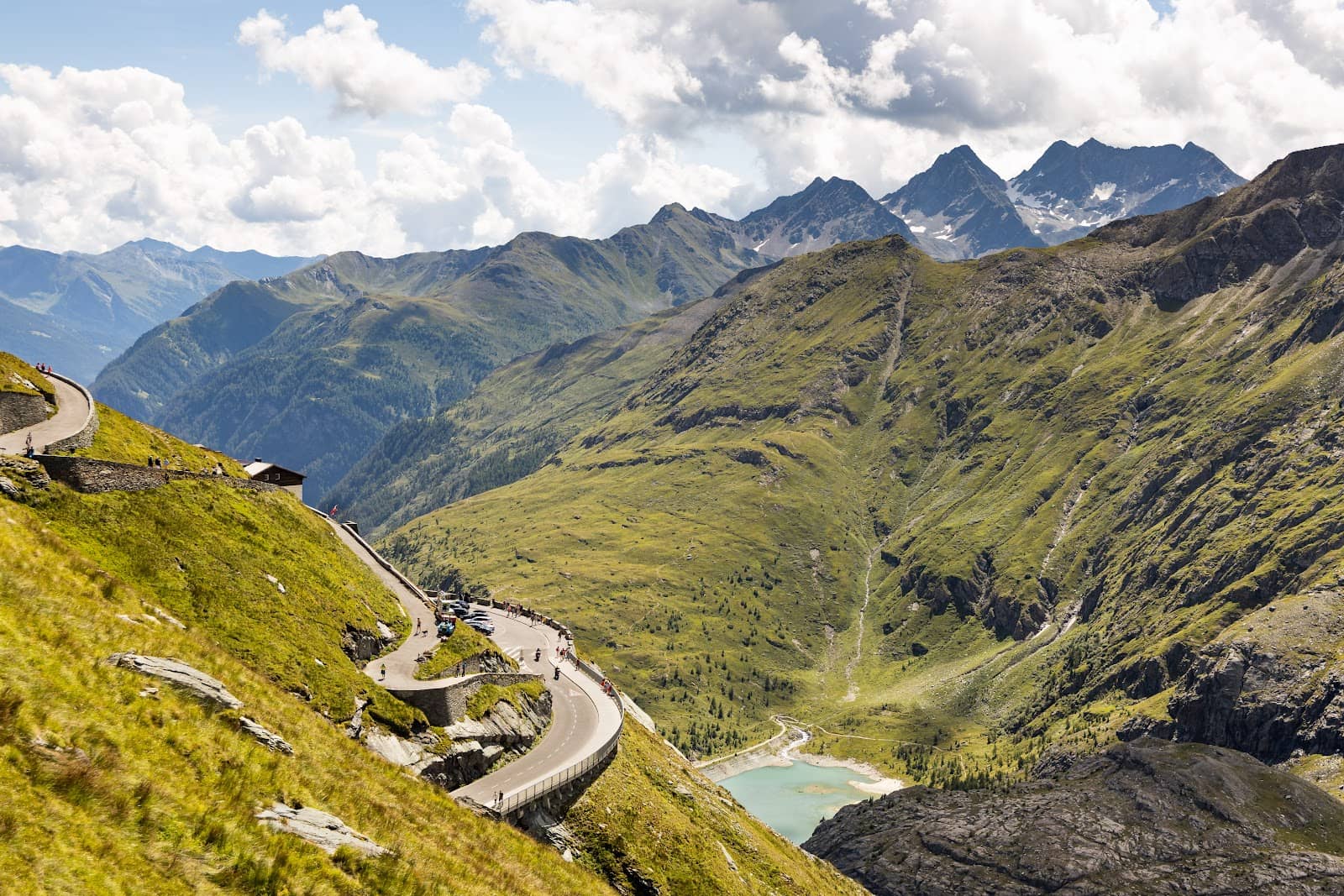
Highlights
Discover the most iconic attractions and experiences

Edelweiss Spitze
Highest driveable point
Reach Austria's highest road pass at 2,571 meters for unparalleled panoramic views of the Alps.

Kaiser-Franz-Josefs-Höhe
Visitor center area
Stand at the base of Austria's highest peak, the Grossglockner, and gaze upon the Pasterze Glacier.
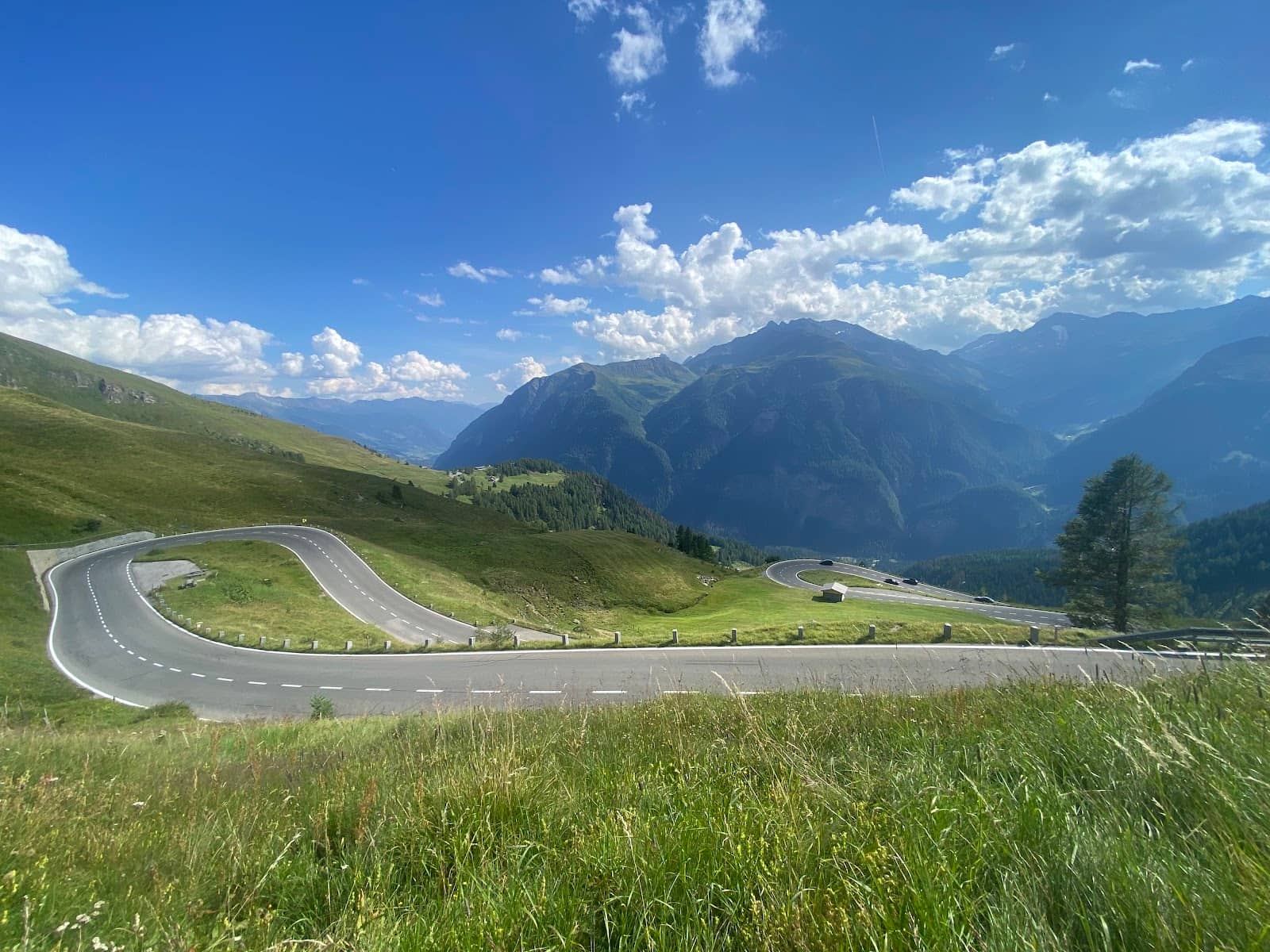
Scenic Viewpoints
Numerous pull-offs along the road
Stop frequently to soak in dramatic mountain vistas, waterfalls, and lush alpine meadows.
Plans like a pro.
Thinks like you
Planning Your Visit
Prepare for All Weather
Toll & Timing
Best Times
Insider Tips
from TikTok, Instagram & Reddit
🚗 Drive Slowly & Stop Often
Take your time to enjoy the views; there are many designated stopping points.
🧥 Pack for All Weather
Temperatures vary greatly. Bring layers, including rain gear, even in summer.
💰 Toll Fee is Worth It
The 45 Euro toll is a significant investment, but the scenery is unforgettable.
⛽ Fuel Up Before
Gas stations are scarce on the road itself; ensure your tank is full before you start.
Tips
from all over the internet
🚗 Drive Slowly & Stop Often
Take your time to enjoy the views; there are many designated stopping points.
🧥 Pack for All Weather
Temperatures vary greatly. Bring layers, including rain gear, even in summer.
💰 Toll Fee is Worth It
The 45 Euro toll is a significant investment, but the scenery is unforgettable.
⛽ Fuel Up Before
Gas stations are scarce on the road itself; ensure your tank is full before you start.
📸 Capture the Magic
The road offers incredible photo opportunities, especially when driving through clouds.
What Travellers Say
Reviews Summary
Visitors consistently praise the Grossglockner High Alpine Road for its absolutely breathtaking and unparalleled alpine scenery, with many calling it the most beautiful road they've ever driven. The dramatic views of mountains, glaciers, and waterfalls, along with the unique experience of driving through clouds, are major highlights. However, the significant toll fee and the need to be prepared for rapidly changing, often cold, weather conditions are common considerations.
"Difficult to describe views, waterfalls, green pastures, snow a5 the top, and glacier at the top. We visited in August, and the day started with rain, by the time we arrived, delayed by heavy rain, it was nice and clear but the temperature had dropped to 8c, so you most be prepared for all weather conditions."
Enver Buzoku
"It’s the most beautiful road I’ve ever driven. The views of the Alpine mountains are breathtaking. If you have the opportunity, you should definitely drive this road. I would love to do it again myself."
V L
"The whole road offers incredible views. It is 45 euro to enter. Tak your time to stop at viewpoints to admire the landscapes and take pictures."
allPhoto Paul
What People Like
What People Dislike
Frequently Asked Questions
🚇 🗺️ Getting There
The Grossglockner High Alpine Road is accessible by car from both the north (Ferleiten) and the south (Heiligenblut). It connects the provinces of Salzburg and Carinthia. Many visitors drive their own vehicles, but bus tours are also available.
No, the road is typically closed during the winter months due to snow, usually from November to early May. It's essential to check the official opening times before your visit.
While driving is the most popular way to experience the road, guided bus tours are an option for those without a car. Some visitors also cycle the route, though it's a challenging endeavor.
The road officially starts in Ferleiten (north) and ends in Heiligenblut (south), or vice versa. The total length is approximately 48 kilometers (30 miles).
The road is well-maintained and paved, but it is a winding mountain pass with many curves. Drivers should be comfortable with mountain driving and prepared for potential fog or rain.
🎫 🎫 Tickets & Entry
The toll fee for a car is around 45 Euros. Prices can vary slightly for different vehicle types (e.g., electric cars, motorcycles). Check the official website for the most current pricing.
Tickets are typically purchased at the toll booths upon entry to the road. It's advisable to have cash or a card ready.
The ticket grants you access to drive the entire length of the road and stop at all designated viewpoints and visitor centers. Parking at these points is usually free.
Discounts may be available for electric vehicles and motorcycles. It's best to check the official Grossglockner High Alpine Road website for any current offers or specific pricing.
Opening hours vary by season. Generally, the road opens around 6:00 AM and closes to new entries around 8:00 PM, with the exact times changing throughout the season. Always verify current hours.
🎫 🏞️ Onsite Experience
Key highlights include Edelweiss Spitze for panoramic views, Kaiser-Franz-Josefs-Höhe to see the Grossglockner mountain and Pasterze Glacier, and numerous other viewpoints along the route.
Yes, there are several hiking trails accessible from various points along the road, offering opportunities to explore the Hohe Tauern National Park further.
Keep an eye out for marmots, ibex, and various bird species, including birds of prey. The area is rich in alpine fauna.
Yes, there are several restaurants, cafes, and snack bars located at various stopping points along the road, offering refreshments and meals.
The highest driveable point is the Edelweiss Spitze, reaching an altitude of 2,571 meters (8,435 feet).
📸 📸 Photography
Early morning or late afternoon often provide the best light for photography. Driving through clouds can also create dramatic and unique shots.
A wide-angle lens is great for capturing the expansive mountain landscapes, while a telephoto lens can be useful for zooming in on the Grossglockner peak or wildlife.
Absolutely! Edelweiss Spitze, Kaiser-Franz-Josefs-Höhe, and many of the unnamed pull-offs offer stunning perspectives. Look for dramatic cloud formations and sweeping valleys.
Drone usage is often restricted in national parks and sensitive natural areas. It's crucial to check local regulations and obtain any necessary permits before flying a drone.
Expect to photograph majestic mountain peaks, glaciers, waterfalls, alpine meadows, winding roads, and potentially local wildlife.
For Different Travelers
Tailored advice for your travel style
👨👩👧 Families with Kids
Be sure to pack plenty of snacks and drinks, as well as warm clothing, as temperatures can be surprisingly cold even in summer. The numerous stopping points allow for breaks and short walks, making the journey manageable for families. Consider bringing binoculars for wildlife spotting – marmots are often visible and a hit with kids!
🚗 Road Trip Enthusiasts
Plan to dedicate a full day to this experience. The 45 Euro toll is a significant investment, but the unparalleled views and the sense of accomplishment upon reaching the highest points make it well worth it. Don't rush; utilize the numerous designated viewpoints to soak in the scenery and capture stunning photographs. Consider visiting in late spring or early autumn for potentially fewer crowds and beautiful seasonal colors.
🏍️ Motorcycle Riders
Be aware of the motorcycle toll, which is typically lower than for cars. Riders should be prepared for rapidly changing weather conditions, including wind, rain, and fog, especially at higher altitudes. Stopping at viewpoints like Edelweiss Spitze and Kaiser-Franz-Josefs-Höhe provides excellent opportunities to rest, take photos, and admire the surroundings.
Deep Dives
In-depth insights and expert knowledge
Driving the Grossglockner High Alpine Road
Drivers should be prepared for varying road conditions. While the road is paved and well-maintained, it's a mountain pass with steep inclines and sharp turns. Visibility can change rapidly due to fog or clouds, especially at higher elevations, making slow and cautious driving essential. Many visitors recommend taking your time, stopping at the numerous designated viewpoints to truly appreciate the scale and beauty of the landscape.
Key driving tips include ensuring your vehicle is in good condition, especially brakes, and having a full tank of fuel before starting, as gas stations are scarce along the route. The road is a toll road, with fees varying by vehicle type.
The Majestic Grossglockner and Pasterze Glacier
At Kaiser-Franz-Josefs-Höhe, you'll find a visitor center with exhibits detailing the region's geology, flora, and fauna. It's also a popular starting point for short walks and offers opportunities to learn about glacier retreat. The sheer scale of the mountain and the glacier is awe-inspiring, providing a profound connection to the power of nature.
While the views are stunning, it's important to remember the environmental significance of this area. The glacier has been receding, and educational displays highlight the impact of climate change. Visitors are encouraged to respect the natural environment and stay on marked paths.
Experiencing the Alpine Scenery
One of the most captivating aspects is the frequent occurrence of driving through clouds, creating an ethereal and surreal experience. This phenomenon, combined with the sweeping vistas of jagged peaks and deep valleys, makes for unforgettable moments and incredible photographic opportunities. Waterfalls cascade down mountainsides, adding to the dynamic beauty of the route.
Beyond the grand vistas, the road also offers glimpses into the unique alpine ecosystem. Keep an eye out for local wildlife such as marmots and ibex, and appreciate the hardy alpine flora that thrives in this challenging environment.

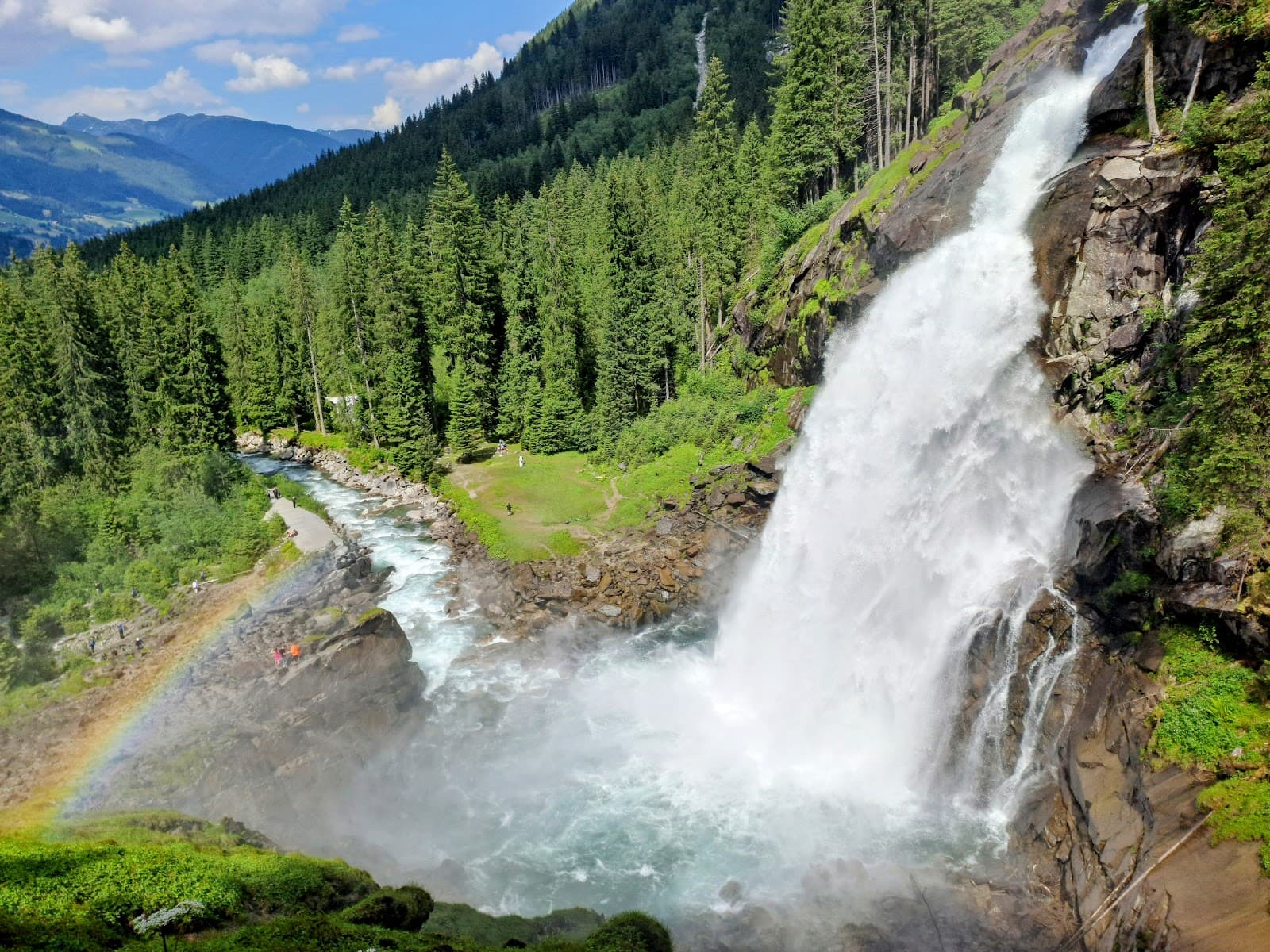
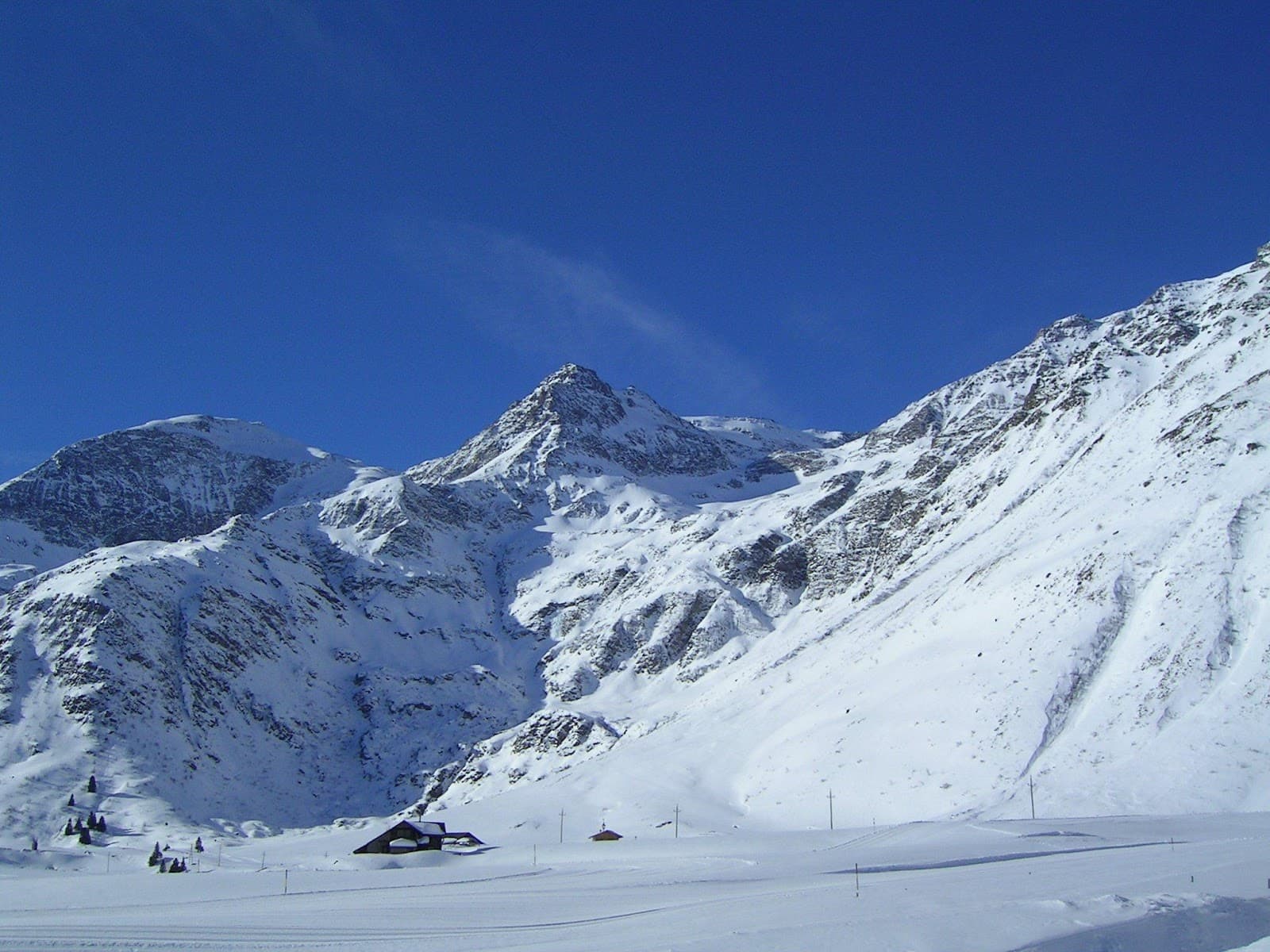
Social
from TikTok, Instagram & Reddit